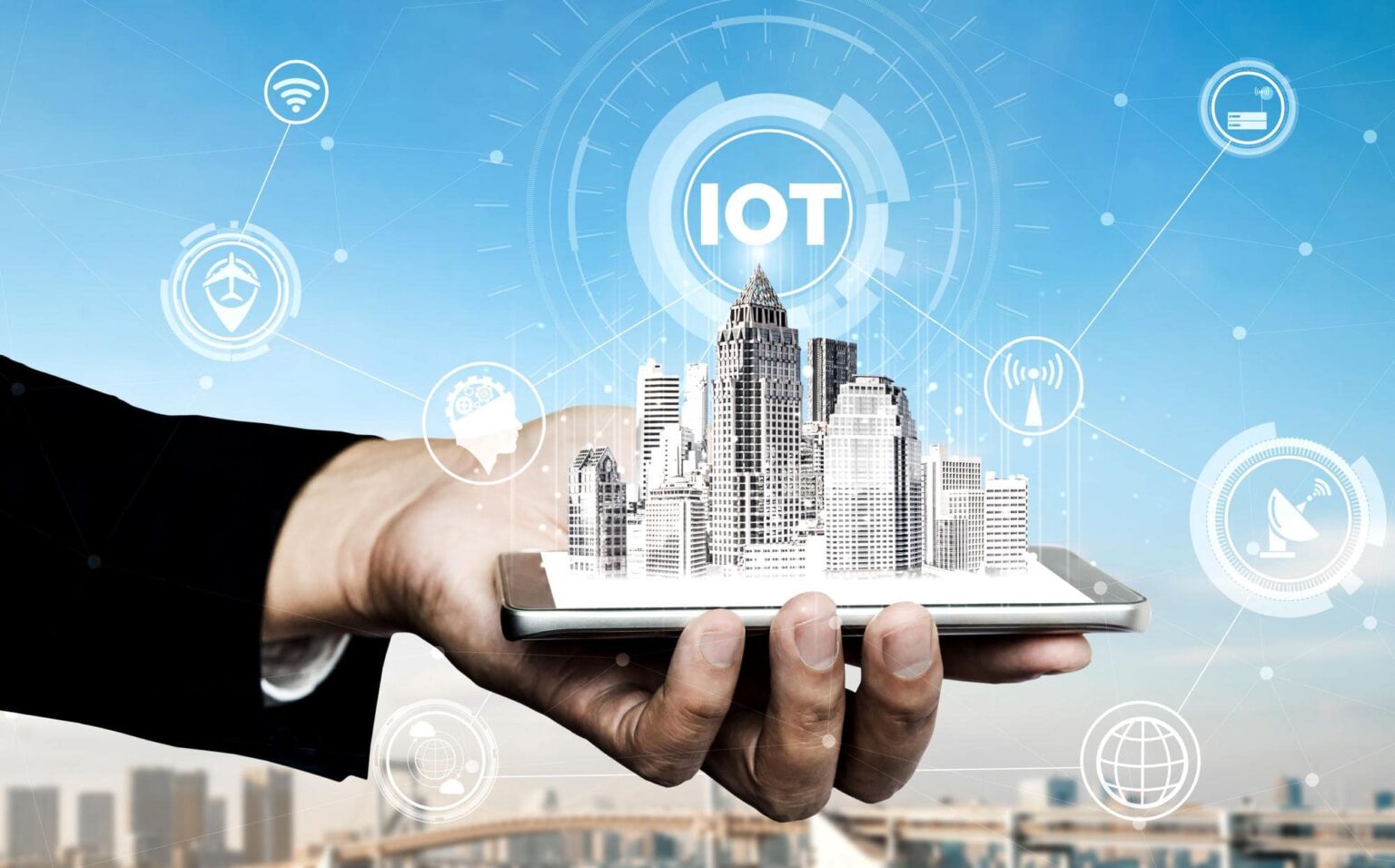Smart buildings, enabled by the integration of Internet of Things (IoT) technologies, are transforming the way buildings are designed, operated, and experienced. These buildings leverage connected devices, sensors, and data analytics to optimize energy efficiency, enhance occupant comfort, and enable intelligent management of building systems. Here’s a closer look at the benefits and features of smart buildings and IoT integration:
- Energy Efficiency: Smart buildings employ IoT-enabled sensors and controls to monitor and optimize energy consumption. Real-time data on lighting, heating, ventilation, air conditioning (HVAC), and other systems allow for intelligent adjustments based on occupancy, ambient conditions, and energy demand. This results in significant energy savings, reduced operational costs, and a smaller carbon footprint.
- Occupant Comfort and Productivity: IoT integration in smart buildings enables personalized and adaptive environments for occupants. Sensors can monitor factors like temperature, humidity, air quality, and lighting levels, and adjust them in real-time to create optimal conditions. Smart systems can also learn occupant preferences and adjust settings accordingly. This enhances comfort, productivity, and overall satisfaction for building occupants.
- Predictive Maintenance: Smart buildings utilize IoT sensors and data analytics to monitor equipment performance and detect anomalies. By continuously monitoring parameters like vibration, temperature, and energy consumption, predictive maintenance algorithms can identify potential failures before they occur. This allows for proactive maintenance and minimizes downtime, reducing costs and improving operational efficiency.
- Enhanced Security and Safety: IoT integration enhances security and safety measures in smart buildings. Connected security systems, access controls, and surveillance cameras can be monitored and managed remotely, enabling real-time response to potential threats. In case of emergencies, IoT-enabled systems can automatically detect and respond to events, such as fire alarms or security breaches, improving overall safety for occupants.
- Data-Driven Insights and Analytics: Smart buildings generate vast amounts of data from various sensors and devices. Data analytics can provide valuable insights into building performance, energy usage patterns, occupant behavior, and system efficiency. These insights can inform decision-making, identify areas for improvement, optimize resource allocation, and drive continuous optimization of building operations.
- Integration and Automation: IoT integration allows for seamless connectivity and automation of various building systems. Building management systems can be interconnected, enabling centralized control and monitoring of lighting, HVAC, security, and other subsystems. Automation routines can be set up to optimize energy usage, adjust settings based on occupancy, and implement predefined scenarios for different situations, further improving efficiency and convenience.
- Sustainability and Green Certifications: Smart buildings align with sustainability goals and green building certifications. By optimizing energy usage, reducing waste, and providing data on environmental performance, smart buildings contribute to sustainability efforts and may qualify for certifications such as LEED (Leadership in Energy and Environmental Design) or BREEAM (Building Research Establishment Environmental Assessment Method).
The adoption of smart buildings and IoT integration is growing rapidly as the technology advances and the benefits become more evident. However, challenges such as data security, interoperability of devices, and system complexity need to be addressed. Building owners and operators should carefully plan the implementation, considering factors like scalability, interoperability, and data privacy, while also ensuring that occupants are informed and engaged throughout the process.
Overall, smart buildings and IoT integration offer numerous advantages in terms of energy efficiency, occupant comfort, operational efficiency, and sustainability. As technology continues to evolve, the potential for creating sustainable, connected, and intelligent spaces in the form of smart buildings will continue to expand, shaping the future of the built environment.



